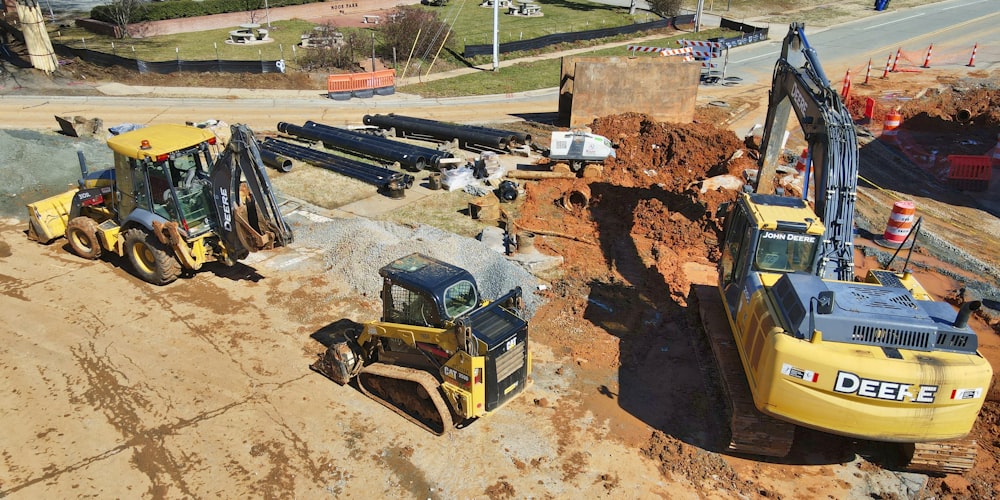Construction companies spend countless millions of dollars on building construction. But if the ground on which the building is constructed can’t support the structure, there could be a serious safety and financial risks.
The construction projects outlined below can benefit significantly from ground improvement services before the work on the structure begins.
Why Ground Improvement?

Ground improvement may be an essential part of a building project for these reasons:
- Avoid too much soil settlement when heavy structures such as roads and buildings are placed.
- Enhance the sheer strength of the subsoil and fill. This process ensures enough bearing capacity of the building foundation.
- Improves fill density.
- Enhances the permeability of the soil so it can drain more easily.
1. Multi-Family Housing
Construction projects with several stories often need ground improvement to ensure the stability of the structure. This is especially true if the multi-family building is situated on a challenging site with several soil types.
There are ground improvement methods available that can compact loose sand and semi-cohesive soils. However, they still allow the necessary shallow footing support for this type of project.
It’s possible these ground improvement solutions can save the construction company hundreds of thousands of dollars and ensure a stable building.
Related Resource: This Is How to Start a Construction Company
2. Slopes And Embankments

With large projects, the soil condition can vary widely. Therefore, before setting up a wall or embankment, it’s essential to know if you need additional bearing capacity.
Several ground improvement methods can add strength to the soil more affordable and quicker than traditional soil replacement and over-excavation.
Installing slope stabilization for walls and embankments usually involves two or three mobile machines that can work in tight work areas.
3. Schools And Universities
Ground improvement can be an essential factor in the construction of school and university buildings. After all, these buildings often have tight budgets and deadlines.
There are options available besides over-excavation if the ground improvement company works with the building design team. For example, a building design might be used with wide spans that spread the load more evenly than other types of construction.
4. Water Treatment Facilities

Many people don’t realize how difficult it is to construct an aeration basin, clarifier, or other types of the significant containment structure. These complex projects may be built near bodies of water and can have many challenges, in terms of different soil types.
Ground improvement techniques can help with the different types of soil and flooding issues and groundwater.
If the soil conditions at your project site are problematic, turning to ground improvement methods could be just what is needed.
Ground Improvement Methods:
It’s clear that many construction projects can benefit from ground improvement. Now, let’s review some of the essential methods to stabilize and improve soil conditions. These methods may be needed to enhance stiffness, permeability, or shear strength.
1. Grouting
Grouting means injecting various materials into the soil to enhance its physical characteristics. This is one effective way your team can control groundwater during a large building construction project.
Grouting may work well where the permeability of the soil would place onerous demands on pumping.
A related option is jet grouting which uses fluid jets to generate cemented soil and is often used for building foundations.
2. Geotextiles

Geotextiles can be produced with polypropylene or polyester to make a solid but flexible fabric that offers substantial stability and strength.
Geotextiles may be helpful to protect, reinforce, drain, and filter soil.
3. Soil Compaction
This ground improvement strategy boosts soil density and decreases air volume without reducing water content. Soil compaction can enhance soil stiffness, stability, bearing capacity, and shear strength. Soil compaction may be needed for embankments and highway projects, among others.
If you are planning a major construction project, considering the soil condition could be essential to the building’s long-term stability.
Read Also




























